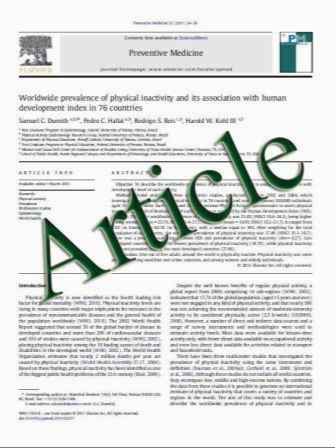F-18-FDG Imaging for Atherosclerotic Plaque Characterization
- نوع فایل : کتاب
- زبان : انگلیسی
- مؤلف : Christian Wenning & Lars Stegger & Sven Hermann & Otmar Schober & Michael Schنfers
- چاپ و سال / کشور: 2011
Description
Atherosclerosis is a dynamic inflammatory disease of the arterial vessel wall which is still the “number one killer” in Western civilization. It turned out recently that the molecular composition and the metabolic state of atherosclerotic plaques rather than their size or degree of stenosis is of crucial importance to predict the fate of individual plaques. Thus, an imaging modality noninvasively characterizing plaques is needed. In this context, FDG-PET has great potential since FDG accumulates in plaque macrophages and uptake is correlated with macrophage density which is high in highly inflammatory atherosclerotic plaques. FDG uptake in atherosclerosis of large arteries is observed frequently, is associated with cardiovascular risk factors on the one hand, and is probably correlated with the occurrence of cardiovascular events. Moreover, it is reported that vascular FDG uptake can be attenuated by cholesterol-lowering therapies and therefore could also serve as a tool of therapy monitoring. Despite some positive results of preliminary studies, imaging of rupture-prone atherosclerotic plaques with FDG-PET still remains a challenge and is not yet established. The following article provides the biological basis of FDG imaging of atherosclerotic plaques, an overview of preclinical studies, important clinical studies and approaches of coronary artery imaging.
Curr Cardiovasc Imaging Rep (2011) 4:190–198 DOI 10.1007/s12410-011-9083-7 Published online: 6 April 2011


